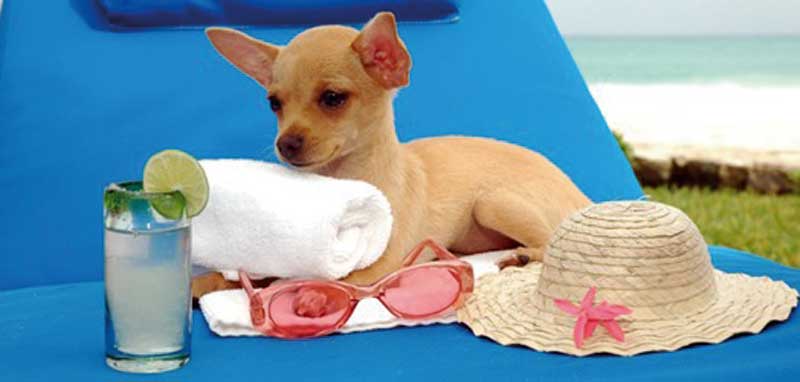
Dec 30, 2015
Blog Energy & Sustainability Pet Industry Growing Like a Puppy as U.S. Pet Owners Feed Growth
The pet industry is definitely not going to the dogs, cats or any other furry lovables. As a major segment of the U.S. economy, the industry racked up sales of more than $56 billion in 2014, a figure expected to approach $70 billion in 2020, according to BCC Research analyst Andrew McWilliams. That’s a lot of rubber mice and dog chews. But there’s more to this booming sector than pet toys, of course.
The most common household pets in the U.S. are cats, dogs, birds, fish (marine and freshwater), and various small mammals (hamsters, rabbits, guinea pigs, ferrets, etc.). In the past decade, reptiles and amphibians (turtles, snakes, lizards, salamanders, etc.) have also become increasingly common.
CONSUMER ATTITUDES TOWARD PETS
Consumer attitudes toward pets are a key factor that influences expenditures, says McWilliams. Humanization of pets has been one of the key trends in consumer attitudes since the 1990s.
“With pets being treated like people, it is not surprising that trends in the pet marketplace tend to mirror trends in the marketplace for humans. Healthy, natural, and organic products, nutraceuticals, in–home services, and age–specific treatments and nutrition emerged during the 1990s as significant developments in pet and human care,” McWilliams explains. “As both pets and people are living longer, owners are projecting their own health concerns on their pets and are seeking healthier lifestyles for their small companions.”
PAMPERED PETS DRIVING MARKET GROWTH
Since the 1990s, pet spending on indulgence products and services for companion animals has fattened the market. These days pets are getting not only gourmet foods and designer clothing but also birthday parties, private pet sitters, grooming appointments, massages, aromatherapy products, and special allergy treatments.
For example, D Pet Hotels offers five-star accommodations for its pampered guests. Of course it’s located in the movie-star capital of Hollywood, where pet-owners can choose among palatial suites, chauffeur services, spas and a range of exercise classes for their family members.
For feline lovers, the staff with the U.K.-based INGS Luxury Cat Hotel and Lodge pledge to look after guests as if they were their own pets. Room service can be ordered from an a la carte menu, served on fine bone china, of course.
One of the most vibrant and diverse sectors of the industry is clothing, according to CNN’s Kieron Monks. “From glamour-puss shades to avant-garde jackets, clothing is reaching into boutique brands such as Ralph Lauren and American Apparel, vividly illustrating the taste for humanizing pets,” writes Monks. “There is no little ingenuity in the market, as shown by recent initiatives to protect chickens from traffic with luminous jackets, and winter gear to protect vulnerable creatures from the harsh climate.”
McWilliams says that this increase in indulgence spending was initially fueled by the economic boom of the 1990s, as many pet owners with more money than time to care for their small companions, tried to compensate for not being home often enough by giving their pets special treatment.

Electrical switches—devices that control the flow of electricity—are the backbon...

As the world accelerates toward net-zero emissions, hydrogen, and ammonia have e...

Hydrogen technology is widely used across industries like glass, fertilizer, met...

We are your trusted research partner, providing actionable insights and custom consulting across life sciences, advanced materials, and technology. Allow BCC Research to nurture your smartest business decisions today, tomorrow, and beyond.
Contact UsBCC Research provides objective, unbiased measurement and assessment of market opportunities with detailed market research reports. Our experienced industry analysts assess growth opportunities, market sizing, technologies, applications, supply chains and companies with the singular goal of helping you make informed business decisions, free of noise and hype.